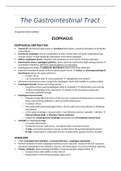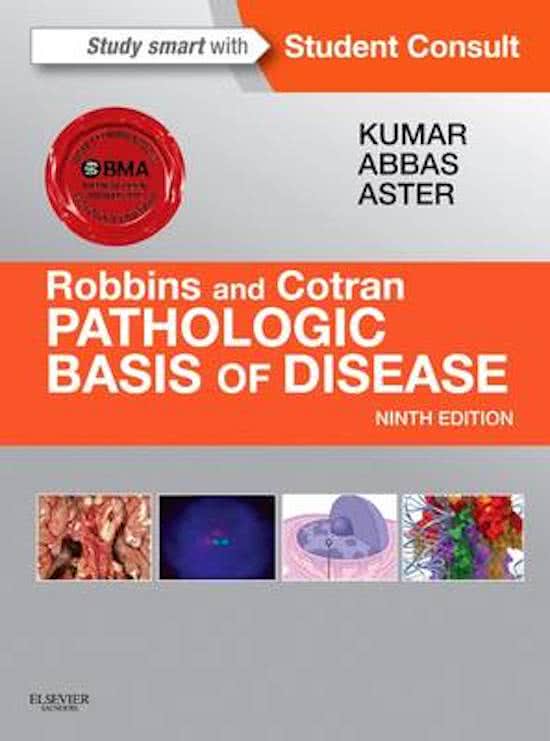Summary
Summary Pathology of the Gastrointestinal tract
- Course
- Institution
- Book
This document presents in a very organized and easily accessible way all the informations about diseases and pathology of the gastrointestinal tract. It contains images that facilitate learning. Is has all the informations presented in Robbins and Cortan Pathologic Basis of Diseases.
[Show more]




